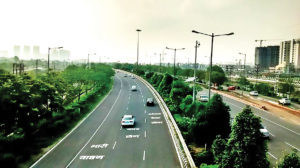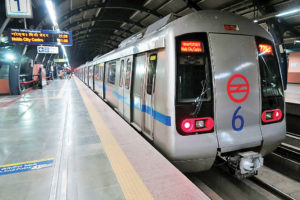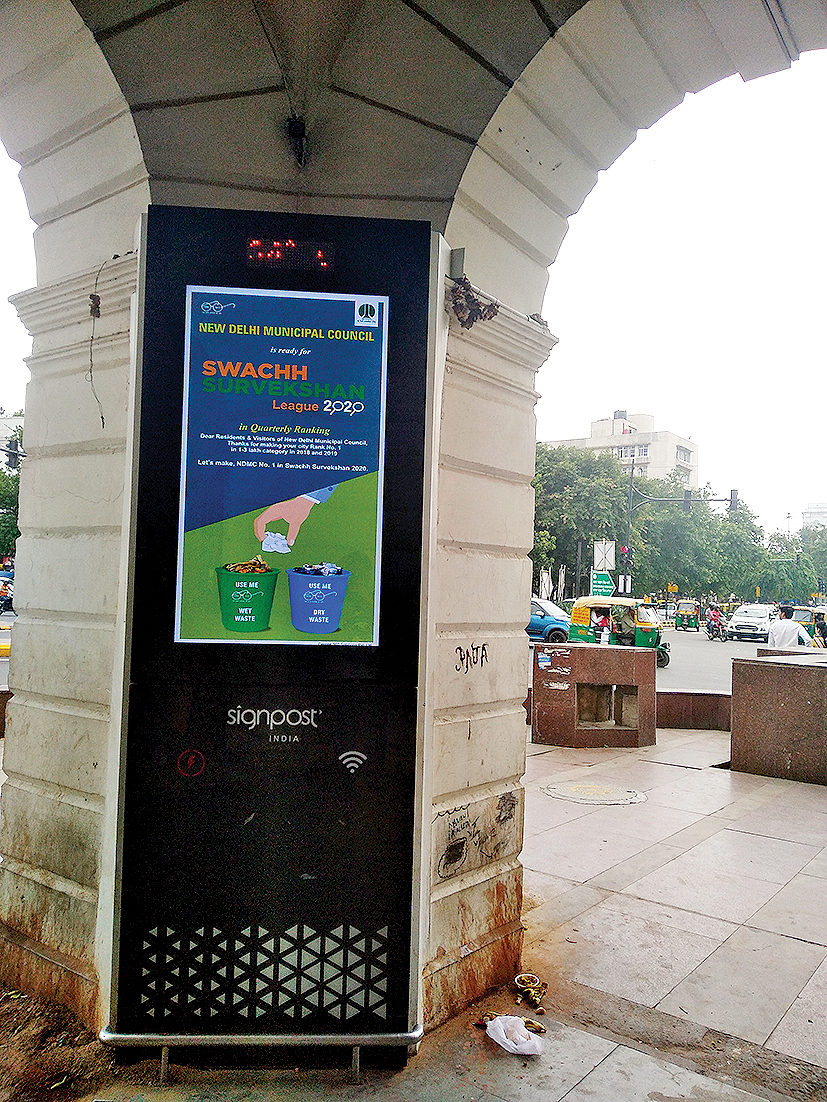As the Delhi government prepares to provide citizens free wi-fi in three months, Patriot takes a look at the much proclaimed existing free wi-fi spots in Delhi-NCR
Chief Minister Arvind Kejriwal’s government announced on August 8 that the Capital will be the first city in India to have free Wi-fi, as the Centre has approved the Delhi government’s proposal of setting up 11,000 Wi-fi hotspots across the city.
This, Kejriwal says, is one of the promises in the AAP manifesto which they managed to deliver to the people before the elections. The project, according to the state government, will be completed in the following three months.
However, this is not the first time that Delhi is getting free Wi-fi. The service has been implemented before in the Capital, but not on such a large scale.
Patriot takes a look at some of these hotspots in Delhi, and how they are functioning now.
NDMC (Dis)Connect
In 2014, the New Delhi Municipal Corporation introduced free Wi-fi service in Connaught Place, probably the most visited spot in the whole city. Naming this service the NDMC Connect, the then chief of the NDMC said, “Enriching facilities such as the Wi-fi connectivity across Connaught Place showcase the futuristic path NDMC has taken to bring the city at par with international standards.”
Five years since the project was flagged off, we visited Connaught Place and checked out the Wi-fi around its iconic blocks for two hours.
The first place we visited was the A-Block, right next to the Rajiv Chowk metro station and home to the famous shops like FabIndia and eateries like Wengers and KFC. We switched on our Wi-fi, and there was the NDMC Connect Wi-fi on top of the search list – with full bars.
But when we went on to connect, it failed. Not only did the signal not come, but it wasn’t connecting at all. The network failed to authenticate – in spite of a strong signal, as evident from the bars being full.
Then we went around all the blocks of Connaught Place in the inner circle, and the result was same – the Wi-fi showed full signal but failed to connect.
We even spotted smart poles in some of the blocks. These smart poles were the machines that generated the Wi-fi signal. We stood near one such smart pole in D- Block and the result was the same. The poles, though, were fully functional.
Next, we visited Central Park, the exact area where this project was inaugurated. And there too we were disappointed with the results. We walked for a full circle around the park, but there was absolutely zero signal.
What came to our notice was that the Wi-fi in one of the busiest areas of the Capital was just a showpiece that doesn’t actually work.
Unconnected Road

The Noida Authority in 2015 declared the Noida-Greater Noida Expressway a free Wi-fi zone. This 32-km stretch of road connects two up and coming residential suburbs, and the road is laden with highrises on both sides. Thus the Wi-fi can help a lot of residents there.
But that is not the case. We walked on a small stretch of road from Noida Sector 78 to Sector 76 – perhaps one of the busiest points of the city – with markets, restaurants and multiple plush apartments, with thousands of residents living there.
When we tried to connect, first of all we had no trace of any free Wi-fi signal. When finally we found one, the signal was so weak that it was somehow getting lost. This, we should remind you, is right beside the expressway, where the authority claims to have lain a long stretch of wire, so that the connectivity is very strong.
But here too, like the Delhi Metro and Connaught Place, the free Wi-fi is non-existent.
All these examples go on to show that free Wi-fi services in the city have not exactly been up to the mark. So can the Delhi government’s scheme still bear fruit? We have three months to verify that.
A bumpy ride

In 2017, the DMRC announced that all the stations in the Blue line of the service stretching from Dwarka to Noida, will have free Wi-fi. So, we took a train from Noida Sector 52 to Mandi House to find out if it actually works.
The DMRC press release states that once you connect to the Wi-fi, you can access all basic internet services like Facbook, Whatsapp and Google search, and even video call or stream live matches.
As we connected to the “our DMRC Free Wi-Fi”, it redirected us to a page where we had to register our phone numbers, and then they send us an OTP which we had to punch in for access.
We did that and in most of the stations, we couldn’t access even the basic services – even a message on WhatsApp took more than one minute to be delivered – in spite of a strong Wi-fi connection, as evident from the full bars of the signal.
We even tried to stream live TV as the press release claimed, but even the main screen took forever to load. On top of that even the mobile networks don’t connect properly in the Metro. So, once you are in the train, using the Internet is really a hassle.
AAP’s wi-fi claims
– There will be 11,000 hotspots across the city, out of which 4,000 will be at bus stops, and 7,000 across the 70 constituencies – 100 in each
– The 100 Hotspots per Assembly Constituency shall also be provided at various locations like big public parks, mohalla clinics, etc
– A user can use up to 15GB of free internet in a month
– The minimum speed will be 200 Mbps, and upto 150-200 users can
avail this service from one hotspot at a time. The range radius of each hotspot is 50 metres





